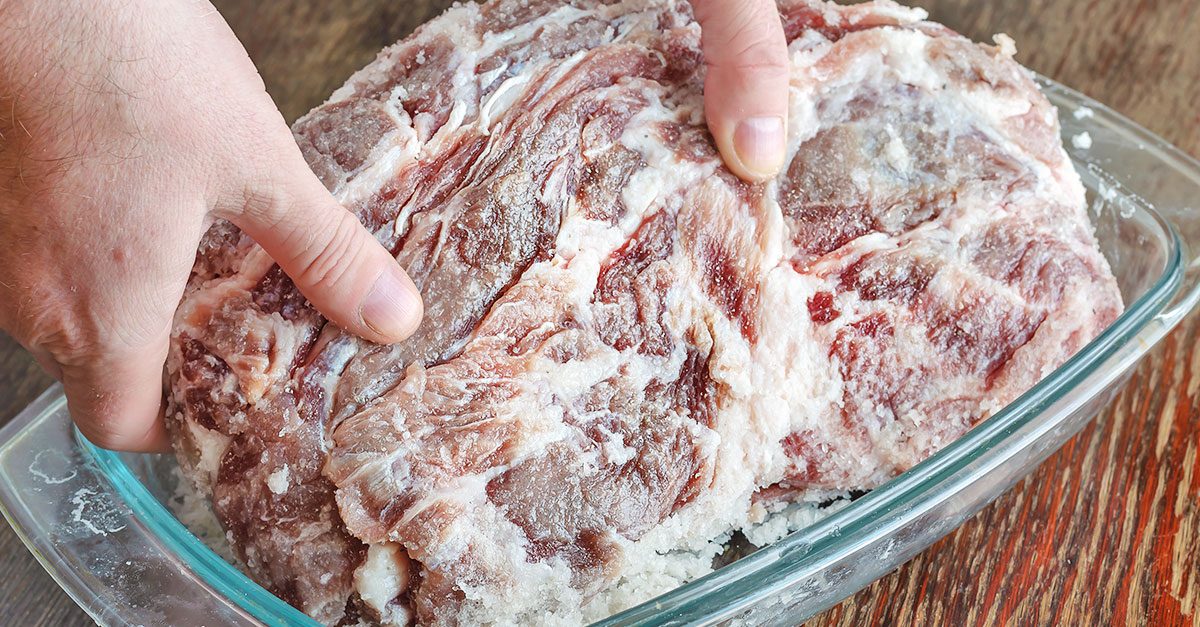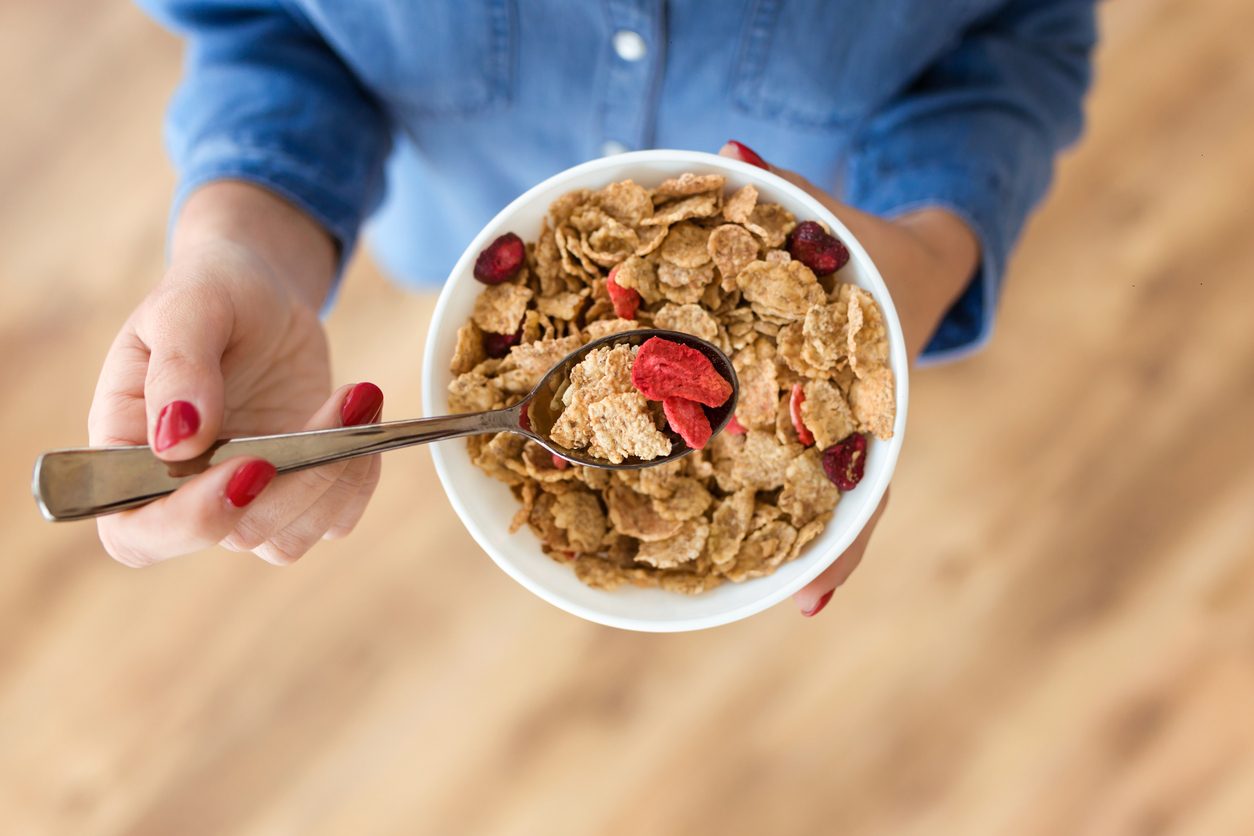Common Mistakes People Make With Royal Icing
Royal icing is a colorful upgrade but it can also be a great pain. In this short brief we examine some common mistakes people make while dealing with royal icing as well as how to avoid them.
;Resize,width=742;)
If your royal icing always comes out runny or you have been unable to achieve smooth results with your royal icing then you might be making one of the mistakes in the compilation below:
1. Overmixing the icing
When mixing your ice in a mixer, it should be blended at the lowest speed on your mixer. If you overmix or mix the icing on a high setting, you’ll whip too much air into the mix, and this will leave you with frosting that lacks a smooth finish.
2. Using icing that’s too runny
It is true you don’t want to overmix your royal icing, but you also don’t want to undermix it, or you’ll be left with a runny mess. If your sugary spread isn’t stiff enough, you can add a little more powdered sugar until it reaches a creamier consistency.

3. Not properly mixing in coloring
If you want colorful cookies, it is possible to tint your own royal icing at home instead of spending money on pre-blended tubes. However, ensure you thoroughly stir the gel coloring into the base icing. Otherwise, all you’ll end up with are sloppy streaks.
4. Ignoring air bubbles
Tiny air bubbles can quickly become disastrous dents in your frosting if you don’t see them soon enough. To prevent this, lightly tap the cookies on a flat surface after you ice them to bring the air bubbles to the surface. Afterward, use a toothpick to carefully pop each bubble and blend it into the rest of the frosting.

5. Not coloring white icing
Royal icing base might look like fresh snow’s color when wet, but it’ll dry as more of an off-white, cream shade. So if you’d prefer a pure white tint, remember to mix in a couple of drops of blue color.
6. Flooding without outlining
Flooding is a popular decorating technique that refers to coating the top of a cookie in a thin layer of frosting. It sounds simple, but to achieve flawless flooding, it is crucial to create a border around the end of the cookie first, using a slightly thicker icing.
7. Forgetting to sift the powdered sugar
This can cause your piping tips to keep getting clogged. It is important you thoroughly sift your powdered sugar when you’re mixing it into the royal icing, or you’ll wind up with clumps. This will make decorating difficult and make the final result look sloppy.

8. Using too much icing
With royal icing, it is easy to get carried away while decorating. However, it is crucial you resist the urge to pile on your frosting and instead use a very thin coat.
9. Not waiting for the icing to dry
Ensure you give your frosting plenty of time to harden before attempting to move the cookies or transfer them to a container. At least 24 hours of uninterrupted air drying will go a long way in making sure you don’t end up with mere smears.
Now that you know these, you are one step closer to making perfect royal icing designs for your cookies this Christmas!
;Resize,width=767;)
;Resize,width=712;)
;Resize,width=712;)
;Resize,width=712;)
